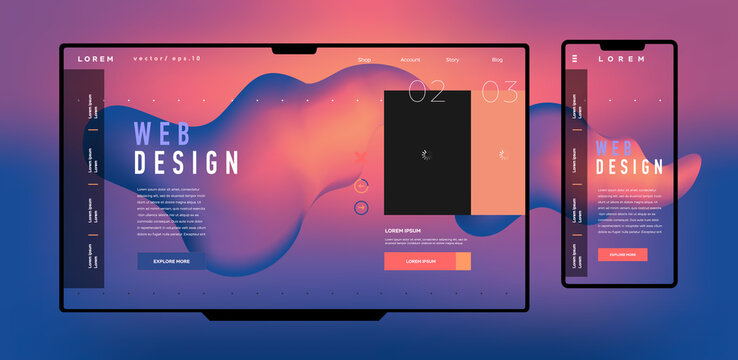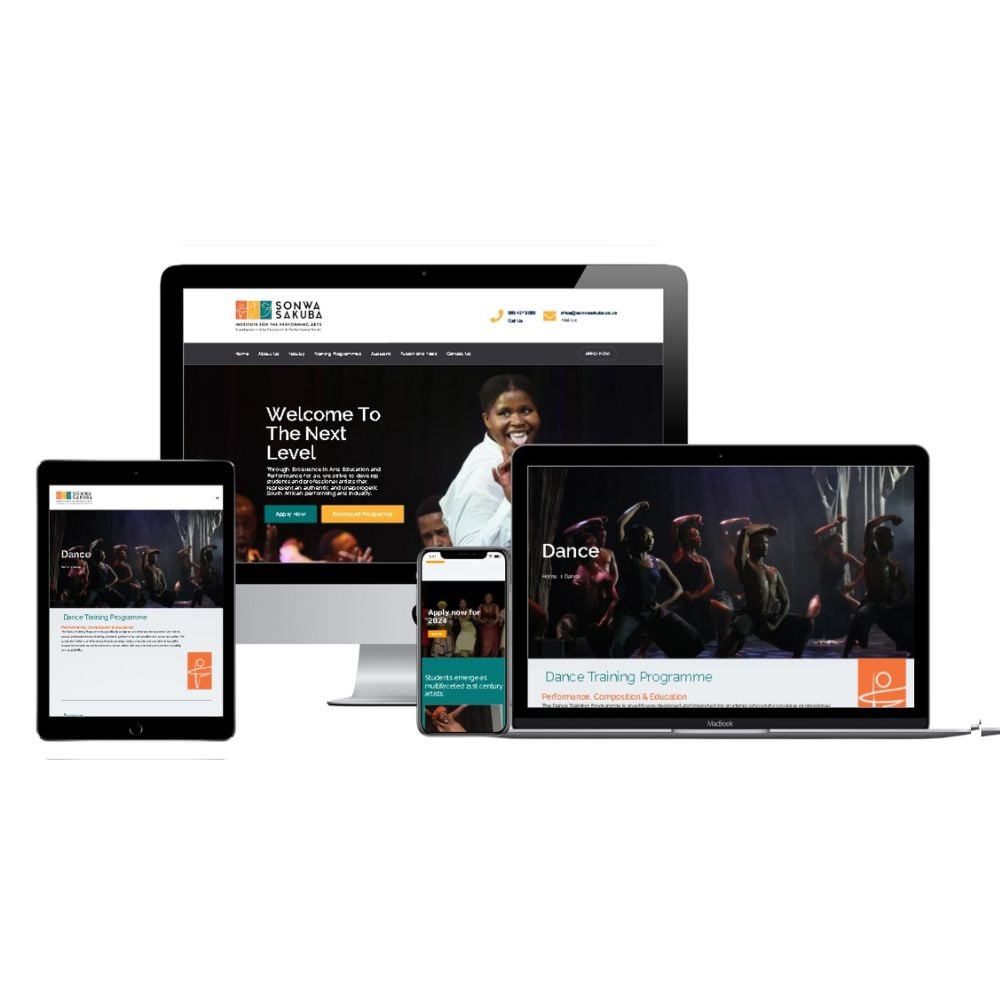Leading Tips for Producing an Impactful Web Site Layout That Transforms
In today's digital landscape, the value of an impactful site layout can not be overstated, especially when it involves converting site visitors right into consumers. To achieve this, one have to consider a selection of elements, including understanding the target market, prioritizing individual experience, and maximizing for mobile systems. The critical usage of compelling call-to-actions and a well-defined visual power structure plays an essential duty in directing users via their journey. As we discover these necessary aspects, it becomes evident that the success of your site hinges on more than simply appearance; it calls for a thoughtful strategy to design and functionality.

Understand Your Target Market
Understanding your target audience is basic to effective web site design, as it lays the foundation for creating an engaging individual experience. Identifying that your users are, including their demographics, preferences, and actions, makes it possible for developers to tailor the website's material, layout, and functionality to satisfy certain needs.
Performing extensive marketing research is critical in this process. Surveys, meetings, and analytics can supply important understandings into user expectations and pain points. By assembling this information, developers can create user personalities that stand for different sectors of the audience, making sure that layout choices are notified and relevant.
Additionally, comprehending the target audience assists in picking proper design elements such as color pattern, typography, and imagery that resonate with individuals. A site that talks directly to its audience promotes a feeling of link and trust fund, motivating longer sees and higher conversion prices.
Ultimately, a user-centered strategy to internet site design not just boosts user fulfillment however also sustains organization goals by driving involvement and loyalty. By prioritizing the demands and choices of the target audience, a site can properly serve its objective and attain wanted results.
Prioritize Individual Experience
To boost the total efficiency of a site, prioritizing customer experience (UX) is necessary (Website Design). A properly designed UX makes certain that visitors can browse the site effortlessly, locate info promptly, and engage with content meaningfully. This causes raised individual fulfillment and greater conversion rates
Begin by applying user-friendly navigating. Menus needs to be rationally structured, allowing individuals to find essential locations of the site with very little initiative. Consistency in style aspects, such as color systems and fonts, promotes familiarity, which is essential for preserving user engagement.
Furthermore, consider the filling rate of your website. A hold-up of just a few seconds can bring about significant drop-offs, as users are much less likely to wait on a slow-loading page. Streamlining pictures and maximizing code can enhance performance and preserve visitors.
Additionally, clarity in material discussion is vital. Use concise, appealing language and damage up message with visuals to improve readability. By prioritizing user experience, you not just create a much more pleasurable atmosphere for site visitors yet also enhance your brand name's integrity. Inevitably, a concentrate on UX is a financial investment in the long-term success of your web site.
Maximize for Mobile Devices
Enhancing for mobile phones check that is crucial in today's digital landscape, where an enhancing variety of customers access sites with smartphones and tablet computers. A mobile-friendly design not just improves individual experience yet also plays a significant function in boosting online search engine positions. To attain this, it is important to adopt a responsive design that automatically readjusts to numerous screen dimensions and alignments.

Filling speed is one more critical element; mobile individuals are typically much less person and expect quick access to info. By focusing on mobile optimization, you make certain that your website stays competitive and successfully engages a more comprehensive target market.
Use Engaging Call-to-Actions
An internet site's efficiency usually pivots on its ability to direct site visitors towards desired actions, making compelling call-to-actions (CTAs) necessary elements of design. CTAs act as the pivotal points that direct individuals to involve with the website, whether that means purchasing, registering for a newsletter, or downloading a resource.
To create reliable CTAs, quality is extremely important. Usage succinct language that plainly interacts the activity you want the user to take. Expressions such as "Get going," "Subscribe Free," or "Shop Now" not only convey seriousness yet also eliminate ambiguity. The positioning of CTAs is similarly essential; they should be tactically positioned throughout the page to ensure why not look here they are conveniently visible, especially in high-traffic locations.
Furthermore, take into consideration making use of directional cues, such as arrows or images, to assist users toward these switches. By concentrating on these elements, view website organizations can considerably enhance customer engagement, driving conversions and eventually achieving their website's goals.
Focus on Visual Pecking Order
Efficient internet site style relies heavily on a well-structured aesthetic hierarchy that guides users through web content seamlessly. By organizing elements in a fashion that prioritizes information, developers can enhance user experience and facilitate decision-making. This entails making use of dimension, color, comparison, and spacing tactically to accentuate one of the most essential parts of a webpage.
Using larger font styles for headings and subheadings develops a clear difference in between various sections, allowing individuals to scan material easily. In addition, utilizing contrasting colors for buttons and calls-to-action can record user attention and motivate interaction. Whitespace is one more important element; it prevents clutter and makes it possible for individuals to concentrate on key messages without distractions.
Pictures and graphics should enhance the message while additionally sticking to the established pecking order, enhancing the general message (Website Design). Uniformity in style components, such as color pattern and typography, more enhances the aesthetic hierarchy, making navigating user-friendly

Verdict
In final thought, reliable site design necessitates a detailed understanding of the target audience, prioritization of user experience, and mobile optimization. Ultimately, a well-executed site style serves as a vital component in driving customer activities and achieving organization purposes.